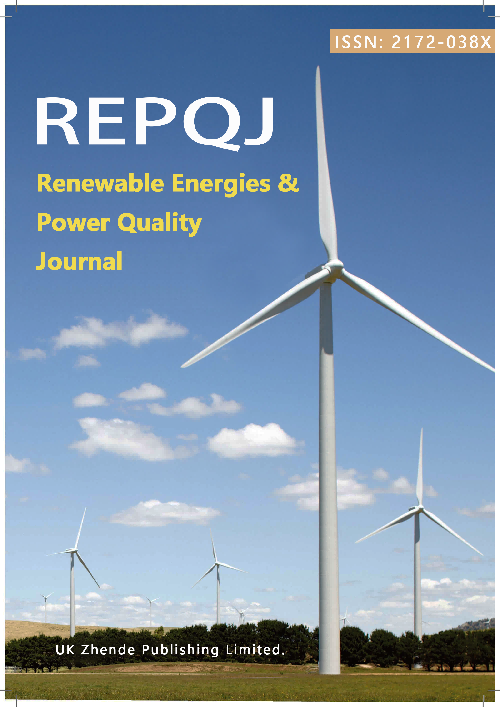Using Unmanned Aerial Vehicle Inspection Digital Orthophotos and Search Tree Algorithm to Improve the Accuracy of Power Line Defect Recognition
DOI:
https://doi.org/10.52152/4219Keywords:
UAV Inspection, Digital Orthophotos, U-Net Convolutional Neural Network, A-star Search Algorithm, Geometric Feature ExtractionAbstract
The existing power line defect recognition method relies on traditional image processing technology, which has the disadvantages of slow processing speed, low recognition accuracy, and inability to effectively deal with complex scenes, resulting in frequent false positives and false negatives. To solve this problem, this paper combined the unmanned aerial vehicle (UAV) inspection digital orthophotos and the search tree algorithm to realize the automatic recognition method of power line defects. Firstly, the paper used UAV to obtain high-resolution power grid orthophotos. After geometric correction, the image is divided into multiple regions of interest using image segmentation technology. Then, the paper used U-Net CNN (convolutional neural network) for pixel-level semantic segmentation to recognize potential defect areas. Unlike prior UAV-based defect detection frameworks that primarily utilize standard convolutional networks, the integration of U-Net with A-star search leverages semantic segmentation and path optimization to enhance defect localization accuracy. In the U-Net network, the learning ability of deep features is enhanced by residual blocks and skip connections. The A-star search algorithm is used to search the path of the defect area output by U-Net, and the heuristic function is used to optimize the positioning of suspected defects. The geometric morphology of the power line is analyzed by combining Hough transform, and the straight line and curve features are extracted to improve the recognition ability of power line structure defects. Finally, the paper integrated and optimized through multi-scale analysis and post-processing technology to precisely locate the defect type and location. Experimental results show that the proposed method achieves a maximum accuracy of 98.2% in power grid line defect recognition, and the minimum positioning accuracy reaches 2 mm. Compared to the Canny edge detection method with an accuracy of 82.3% and the baseline U-Net model averaging 92.6%, this approach integrating U-Net with A-star search demonstrates superior recognition precision. Despite its high accuracy, the method faces challenges related to computational overhead under real-time constraints, variable performance across adverse weather conditions, and reliance on extensive annotated datasets, providing efficient and precise automation technical support for power grid inspection and improves power grid operation and maintenance's the intelligent level.
Downloads
Published
Issue
Section
License
Copyright (c) 2025 Lei Wei, Junchen Guo (Author)

This work is licensed under a Creative Commons Attribution 4.0 International License.











